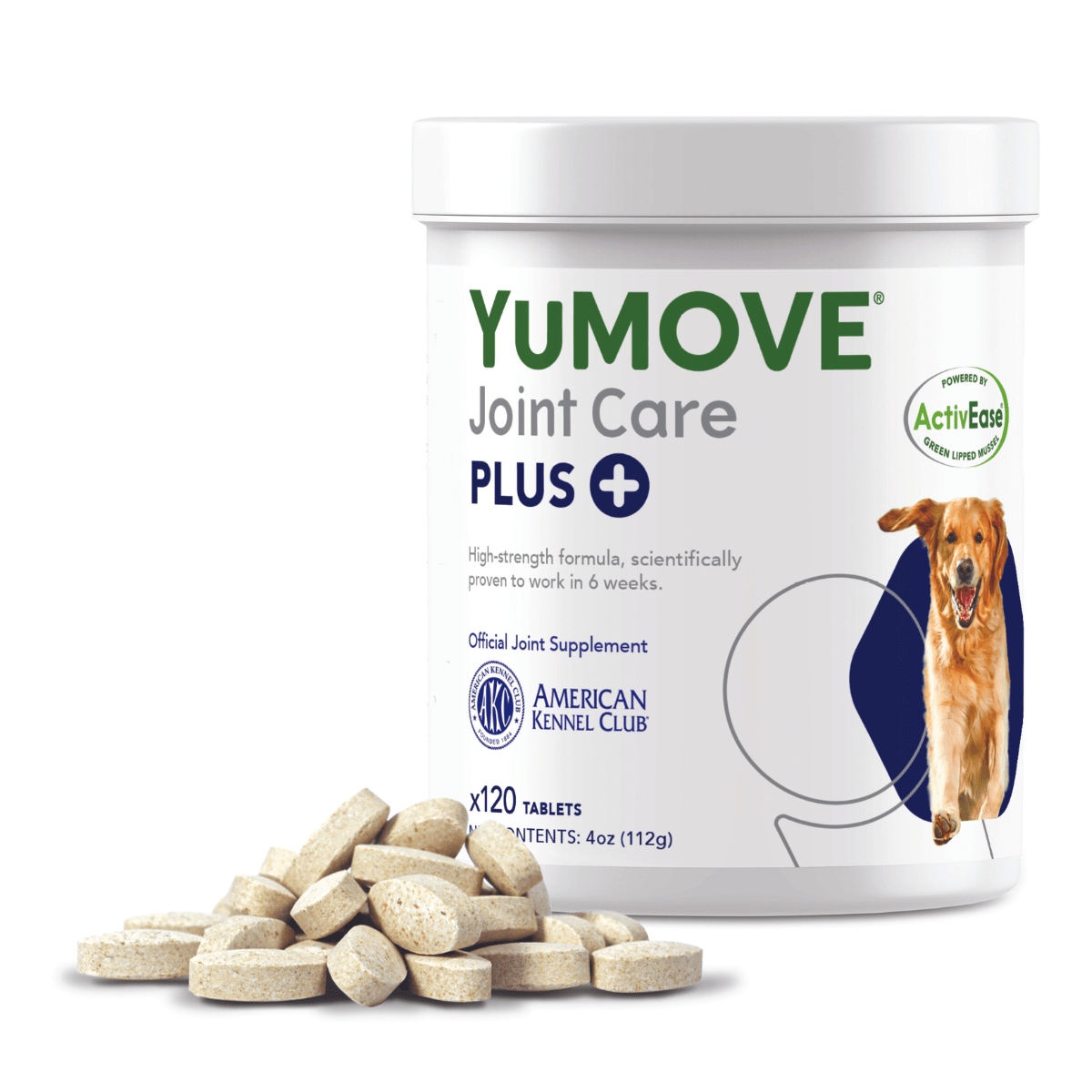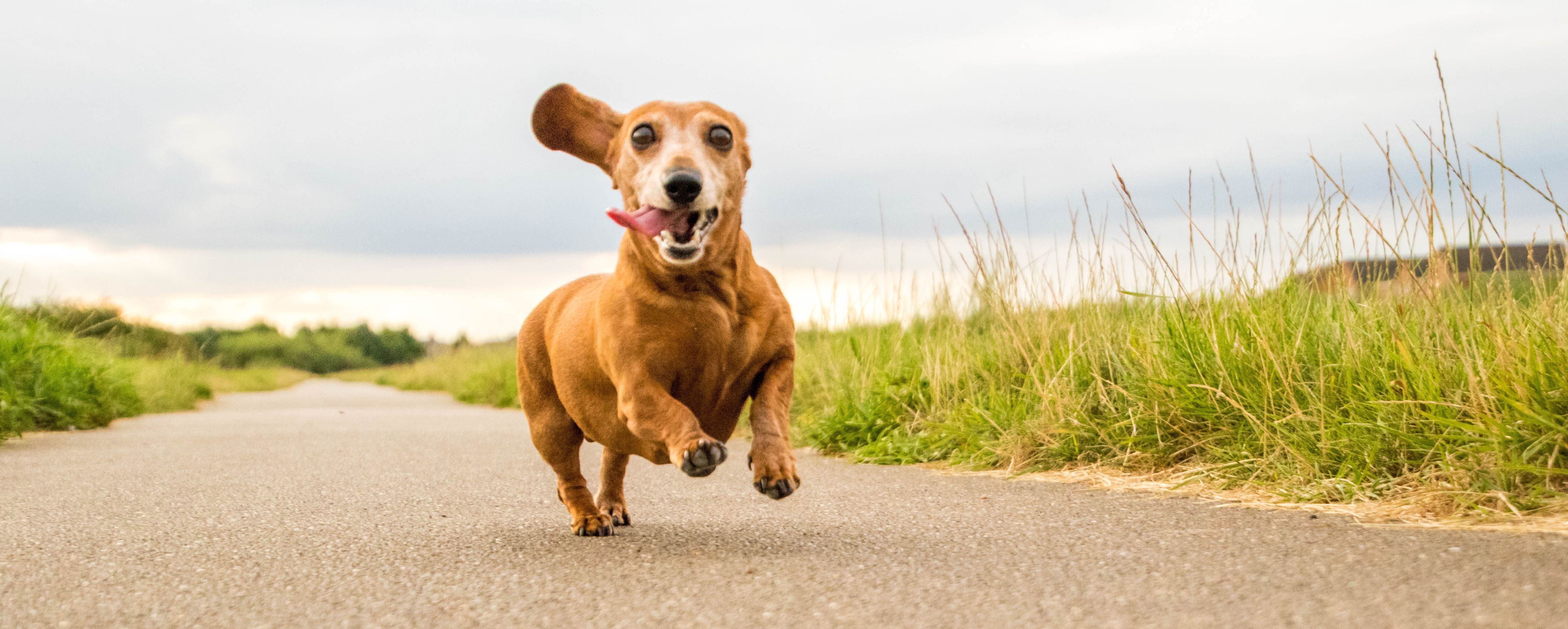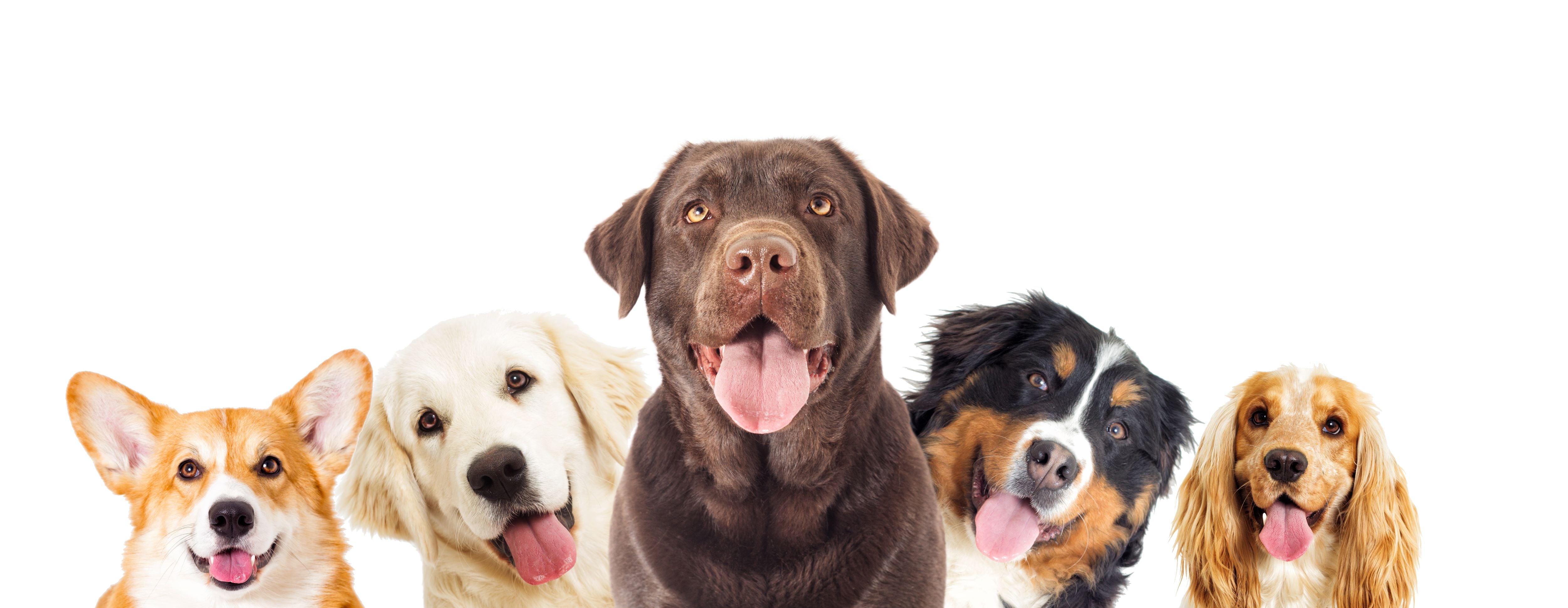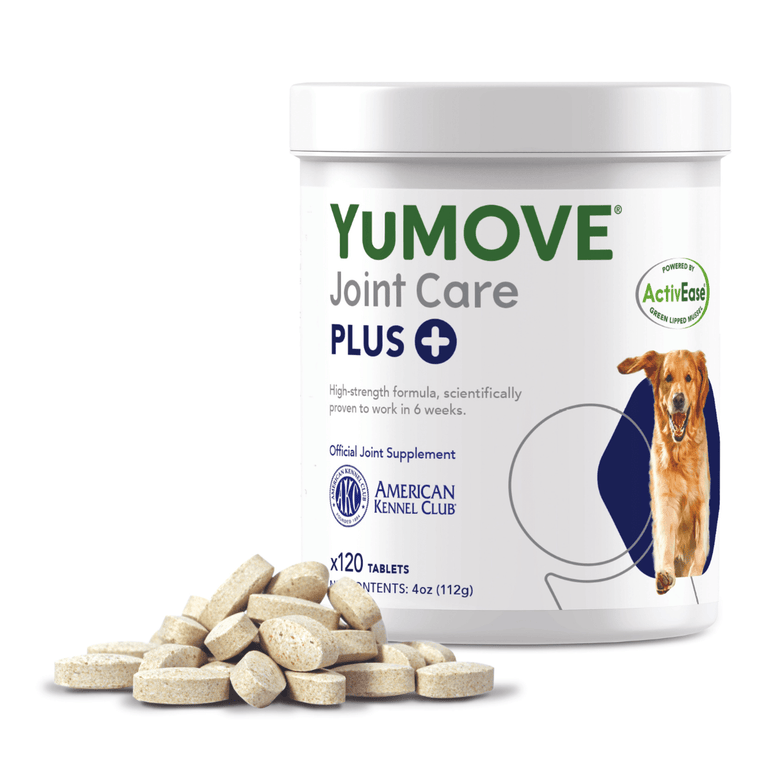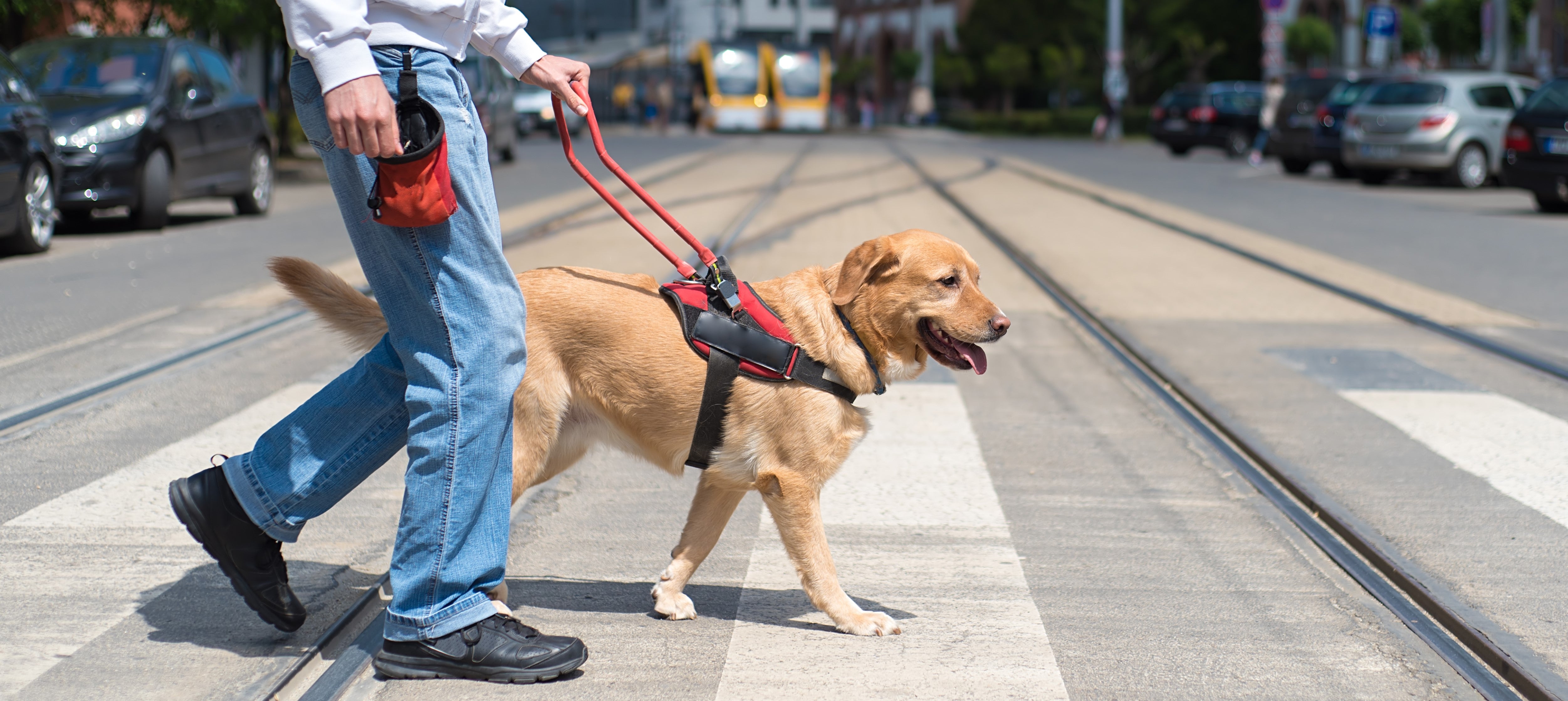
- Letting my dog be creative and have fun in a safe environment is really important to me when I am getting my pup or adult dog acclimated to a variety of people, dogs, environments, vehicles, training fields and training buildings.
- She is encouraged to play on safe devices like boxes, perch boards, wobble boards, balance cushions, and a wide range of other devices that get her thinking about engaging with physical “stuff” in her environment and liking the noise and motion that some of these obstacles can make.
- I also let her play with one of my dogs that, at the moment, is almost the same size, and she has had “play dates” with some of her siblings. There won’t be any big off-leash adventures with dogs larger than herself, or in an environment where the dogs could crash into obstacles.
How to communicate with your dog in ways that they will love and understand
As I work on developing a relationship (and communication skills) with my dog that stands the test of time, I want to engage in a lot of games to bring out their play instinct – and hence their tendencies to engage with me, and to enjoy the time we spend training together.
The first challenge is to find things that my dog thinks are rewarding, so that I can use those “things” – like toys, food, or activities – to reward them for skills I want to teach.
- I try to discover how I can make every skill I teach into some form of “game”. Think of the activities you may have enjoyed as a child. High-energy games that involved running and using balls of some sort, swimming, chasing, playing tag, or maybe slightly calmer (but still exciting) games like hide and seek. These kinds of activities are fun for our dogs as well.
- I use toys and balls with a high enough “value” that my dog will be happy to trade the reward of toy play, or retrieving, for an activity I am trying to teach her.
- You can use tugging to keep your dog’s attention and focus on you for longer and longer periodog, I focus a lot of my attention on asking the newcomer to play tug games with me, anytime, and anywhere that I present their special tug toy.
- My dogs always have favorite toys – the trick is finding one that is easy to use and that keeps their attention. My dogs love soccer balls, and that’s a great physical activity I offer them in the back yard, but it’s not easy to carry a big soccer ball around the house while teaching sits and downs!
- Food is, of course, one of the easiest forms of reinforcement for our dogs. I work on discovering the most delicious dog training morsels, that my dogs will do just about anything to earn.
- I always have some low-value kibble or tiny dry biscuits in my pocket to reward behaviors my dog already understands, but I bring out the cooked bits of meat, or fancy packaged foods, for all the new activity training. And sometimes I use both at the same time.
If I’m working on teaching my dog to run to me, the moment she hears me call her name, I use high-value food as a reward, but might toss a piece of lower-value food to redirect her attention away from me after the recall, so I can run away and then call her to me again.
When I play this recall game, I keep it all fast-paced and exciting, and hopefully I have some treats which my pup craves over anything else that might be in her environment. Even if I’m working with an adult dog, the “name game” training looks the same.
When using treats, the moment the dog has eaten the cookie, the reinforcement period is finished.
- Using both food and toy play can keep my dog’s attention longer than the time it takes her to just gulp down a treat.
- I often give multiple tiny treats rather than one large treat, so my pup anticipates that if she stays close and attentive, more goodies will follow. After a short training session using treats, I always take a break and do some tugging and retrieving.
When I’m using rewards and teaching behaviors, I’m beginning a form of communication that will serve me throughout my dog’s life. How I use my voice and body is important, too.
- I pair reinforcement with a verbal “marker”.
- When my dog does something that I’ve asked her to do, I use the word “yes” to indicate that she gave me the correct response, and of course I follow that as quickly as possible with the toy or food reinforcement – and lots of praise and often petting.
- Our verbal encouragement to our dogs is important, because there are times when we do not have physical rewards for them, and our happy praise takes the place of that reward.
- In my own sport of agility, and in very many other dog sports, you can talk to your dog throughout their activity, acknowledging their correct choices and giving verbal encouragement. In other words, use all the tools you have when you teach and work with your dog.
- There are times I am calm and quiet, of course. In certain forms of operant conditioning training, when I’m working on asking my pup to repeat quite a few incremental steps in a new skill, I might withhold verbal communication for 30 seconds or longer and let my dog focus on their job for a short time. Then we take a party break before we start over.
Learn more about how YuMOVE Joint & Hip Supplements support your active dog here.
Tricks
One of the most fun ways to teach reinforcement and communication skills to your dog, is through teaching tricks. While you’re teaching tricks, you’re honing your dog training skills and are teaching your dog to love working and playing with you.
These are some of the tricks that many of my dogs love to do for toys, treats, or even just praise:
• Sit pretty
• Show me your belly (lie on your side)
• Roll over
• Twist and turn (left and right spins)
• Figure 8 through my legs
• Walk while doing figure 8
• Give another dog a hug (or just a one-paw “tap” on another dog’s shoulder)
• Stand up on your hind legs
• Spin while standing up
• Wave
• Walk backwards
• Put your front paws on anything I ask
• Close the door
• Hold an item
• Retrieve almost anything
• Put things into containers (or specific locations)
• High five
• Chin on the ground
• Take a bow
This list doesn’t include the very many verbal skills they also know for our sport of agility.
If you can teach a complicated dog trick to your dog, think how easy it will be to teach some of the straightforward skills required in many dog sports!
So – have fun getting started with your communication and reinforcement skills. I try to remember these things every day with my youngster.
T.E.A.C.H. Every Day!
Toy play – tug and retrieve
Exercise – not just a quick on-leash walk around the block
Acclimate – meeting people, dogs, and going new places
Confinement – (crate and Xpen)
Handling – pup allows physical handling, grooming, nail trimming, etc.
Get to know Nancy Gyes
Nancy’s dog training career began over 30 years ago, teaching obedience classes for puppies and adult dogs. She has earned many titles with her dogs and won multiple National Agility Championships, in addition to attending the European Open and World Championships. She is currently the coach of the American Kennel Club’s USA Agility World Team while also running her own agility training business in San Jose, California with her husband. It has been her honor to be named an American Ambassador for YuMOVE, a product she heartily endorses and gives to her own dogs!
Are you interested in canine athletics? Share your training and competition photos with us on our Instagram and Facebook pages! Don't forget to follow and tag us.
Recommended Product
If your dog is high energy or active, YuMOVE PLUS Joint Supplement for active dogs is best for your pup. From 6 months old to their senior years, YuMOVE PLUS will help strengthen and protect their joints.

